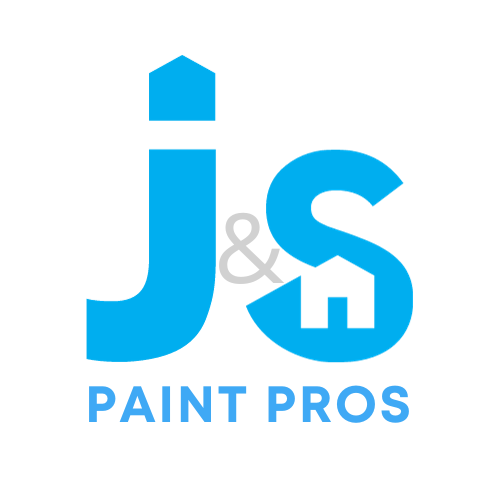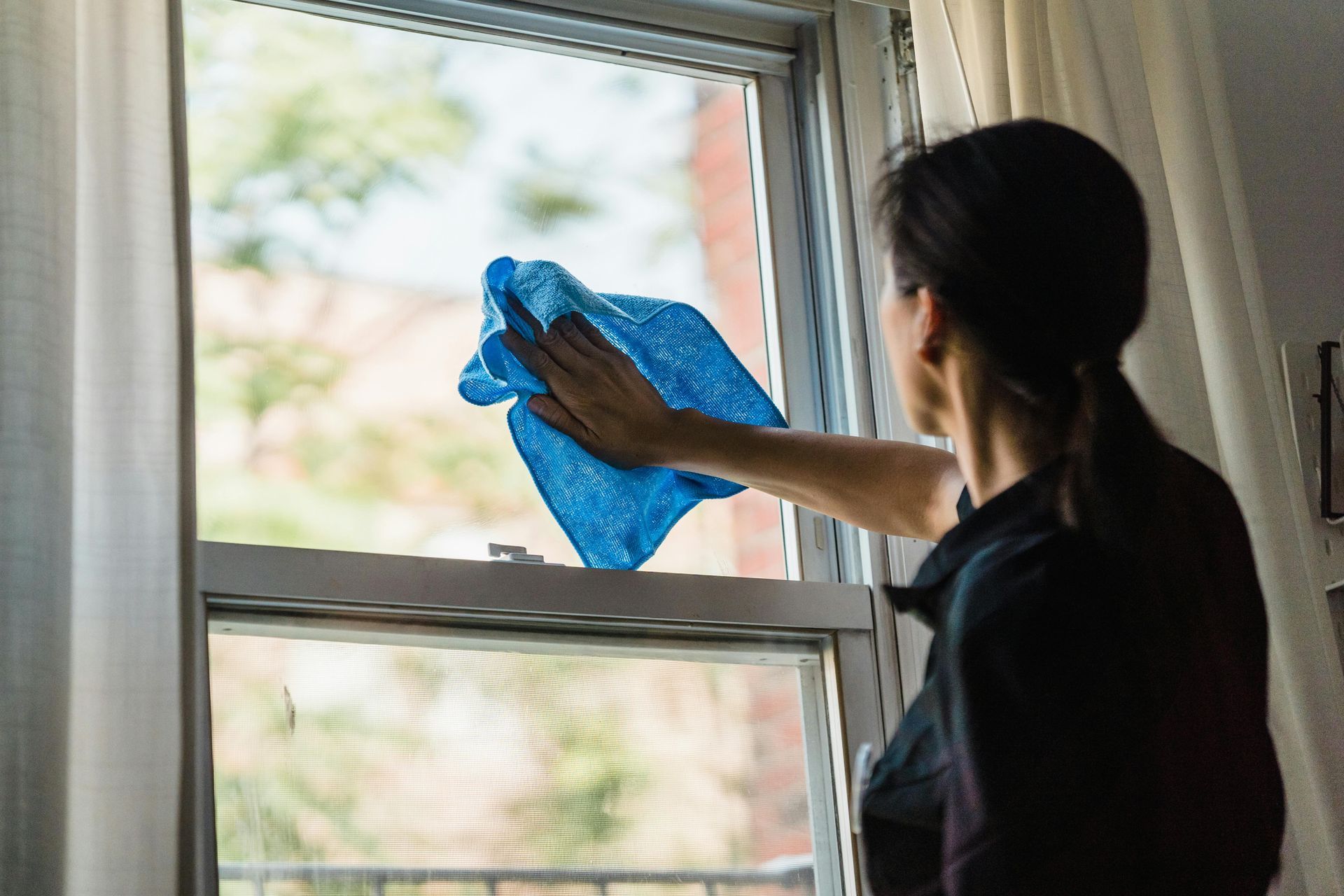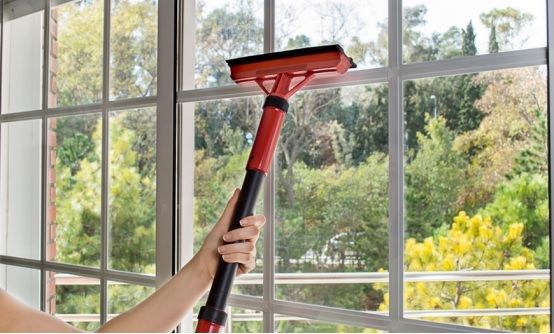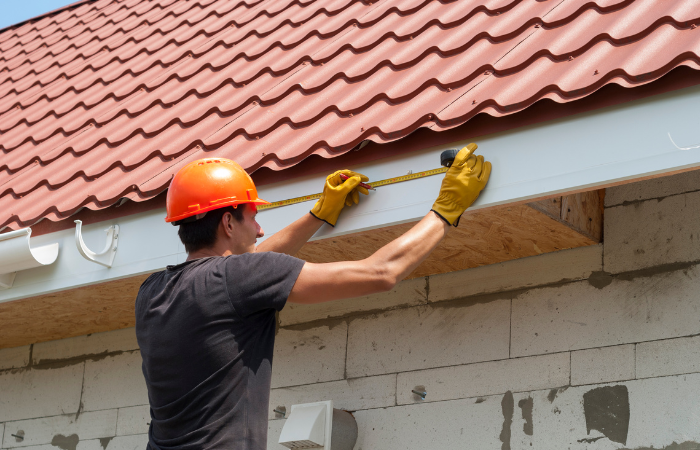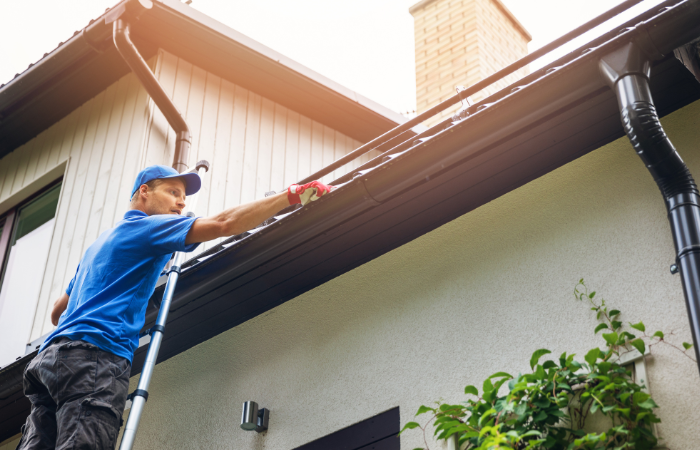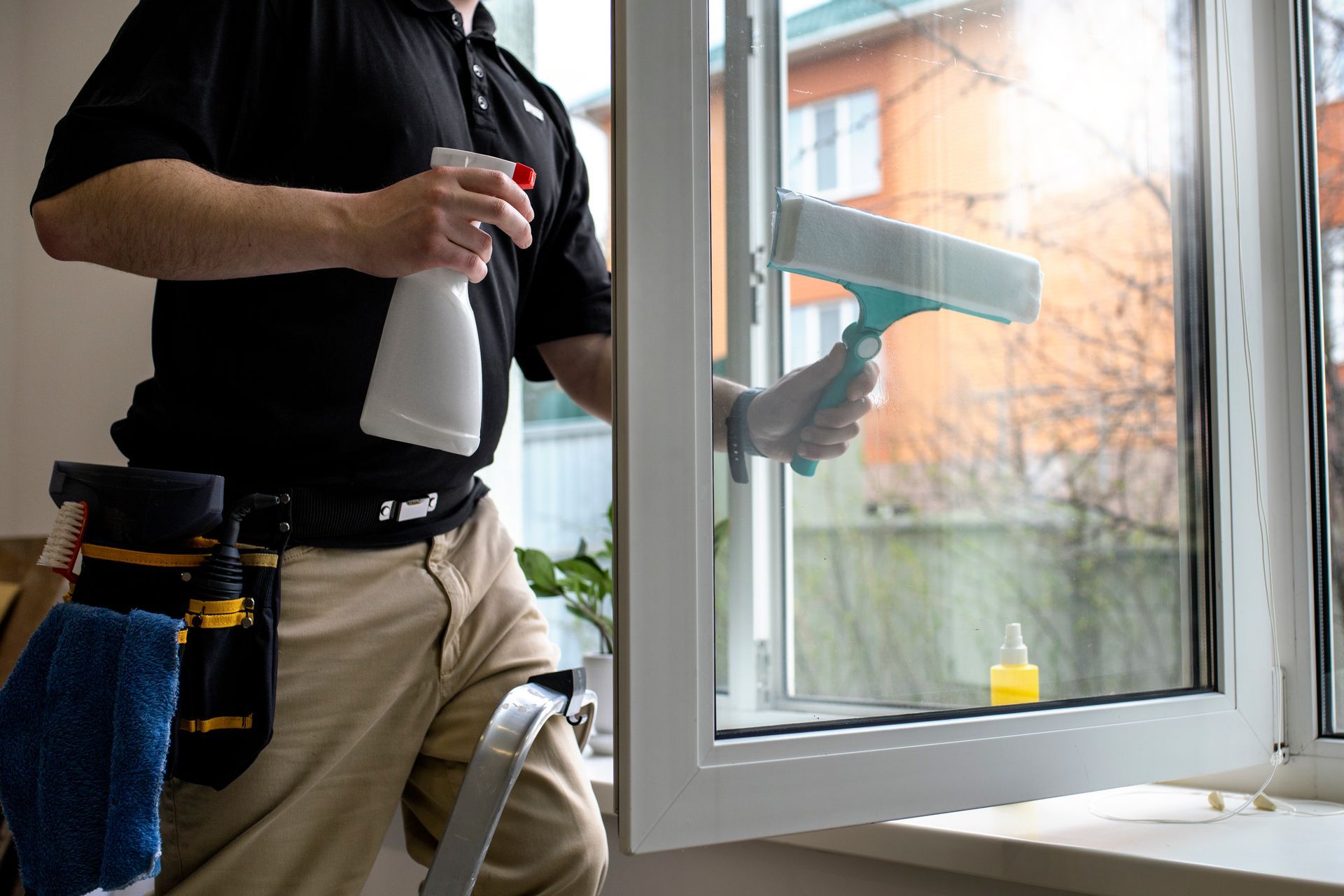The Do's and Don'ts of Maintaining a Clean and Moss-Free Roof in Long Island
The Do's and Don'ts Maintaining a Clean and Moss-Free Roof in Long Island
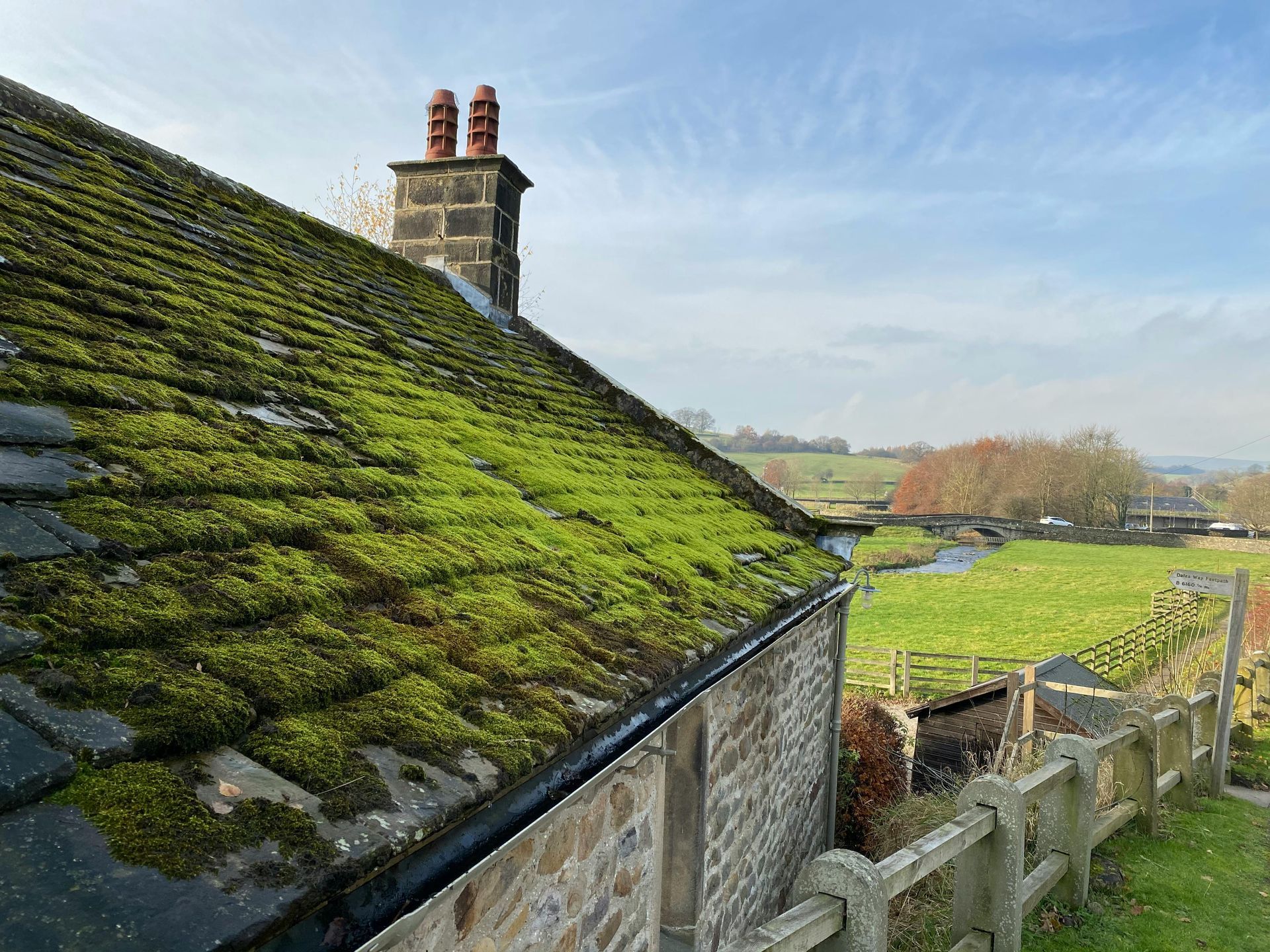
Maintaining a clean and moss-free roof in your Long Island home is vital to your property’s curb appeal and integrity. However, leaks, black streaks and moss growth can be caused by leaves, branches, and other organic materials. Since using the wrong cleaning products might harm your roof, understanding roof maintenance do’s and don’ts is important. In this article, we’ll discuss what causes moss on roofs and how to keep the roof in your Long Island home moss-free
What Causes Moss in Roofs?
Moss buildup can give your roof a unique charm and elegance, but you should be aware that if it is neglected, it can really ruin your roof. Moss can get wedged between tiles and loosen them, which can cause roof cracks and leaks. Additionally, moss can keep your roof moist, which can affect its lifespan and lead to decay. Prolonged exposure to moss can also promote the growth of lichens and algae, which can further undermine the structural integrity of your roof.
Moisture —- Moss thrives in damp environments. Roofs with poor drainage or areas where water tends to accumulate are more susceptible to moss growth. Additionally, roofs in shaded areas may retain moisture for longer periods, promoting moss growth.- Shade —- Lack of direct sunlight can create an ideal environment for moss to grow. Trees, overhanging branches, or nearby structures can shade parts of the roof, reducing sunlight exposure and allowing moss to flourish.
- Poor Ventilation —-- Inadequate ventilation in the attic or roof space can lead to moisture buildup, which in turn creates favorable conditions for moss growth. Proper ventilation helps to regulate temperature and humidity levels, discouraging moss growth.
- Organic Debris —-- Leaves, twigs, and other organic debris that accumulate on the roof provide a substrate for moss to take root. These materials trap moisture and create a nutrient-rich environment, facilitating moss growth.
Roof Maintenance Do’s and Don’ts to Prevent Moss Growth
Your roof is an essential component that keeps your house safe from many forms of extreme weather, falling objects, and insects while safeguarding your whole family. Cleaning a roof can help stop moss growth, leaks, and vermin. Additionally, roofs typically last a very long time if they are properly maintained. Roof cleaning experts have access to certain tools and solutions needed for a clean and moss-free roof in Long Island, NY.
Do's
- Regular Inspection —- Regularly inspect your roof for signs of moss growth, especially in shaded areas and areas prone to moisture buildup. Early detection allows for prompt action to prevent further moss spread.
- Clean Gutters —- Keep gutters and downspouts clean and free of debris to ensure proper drainage. Clogged gutters can lead to water accumulation on the roof, creating conditions conducive to moss growth.
- Trim Overhanging Branches —- Trim back overhanging branches to reduce shade and debris accumulation on the roof. Increased sunlight exposure helps inhibit moss growth while reducing organic debris limits the resources available for moss to thrive.
- Promote Drainage —- Ensure that your roof has proper drainage systems in place to prevent water from pooling. Properly installed and maintained drainage systems help minimize moisture buildup, which is essential for moss prevention.
- Apply Moss Inhibitors —- Consider applying moss inhibitors or treatments specifically designed to prevent moss growth on roofs. These products can be effective in inhibiting moss growth and may need to be reapplied periodically for continued protection.
Don'ts:
- Pressure Washing —- Avoid using high-pressure washing techniques to clean your roof, as this can damage roofing materials and potentially worsen moss growth by dislodging spores and spreading them to other areas of the roof.
- Ignoring Leaks —- Address any roof leaks promptly to prevent water from seeping into the roof structure and create conditions favorable for moss growth. Ignoring leaks can exacerbate moisture issues and contribute to moss proliferation.
- Allowing Debris Accumulation —- Avoid allowing organic debris, such as leaves, twigs, and branches, to accumulate on the roof. Regularly remove debris to prevent it from becoming a substrate for moss growth and to maintain proper drainage.
- Blocking Ventilation —-- Ensure that attic or roof ventilation systems are not blocked or obstructed. Proper ventilation helps regulate temperature and humidity levels, discouraging moss growth by minimizing moisture buildup.
- Walking on the Roof Incorrectly —- Avoid walking on the roof unnecessarily, especially if you're not familiar with proper safety precautions and techniques. Walking on the roof can potentially damage roofing materials and disturb moss colonies, contributing to further growth and damage. If roof inspection or maintenance is necessary, consider hiring a professional roofing contractor.
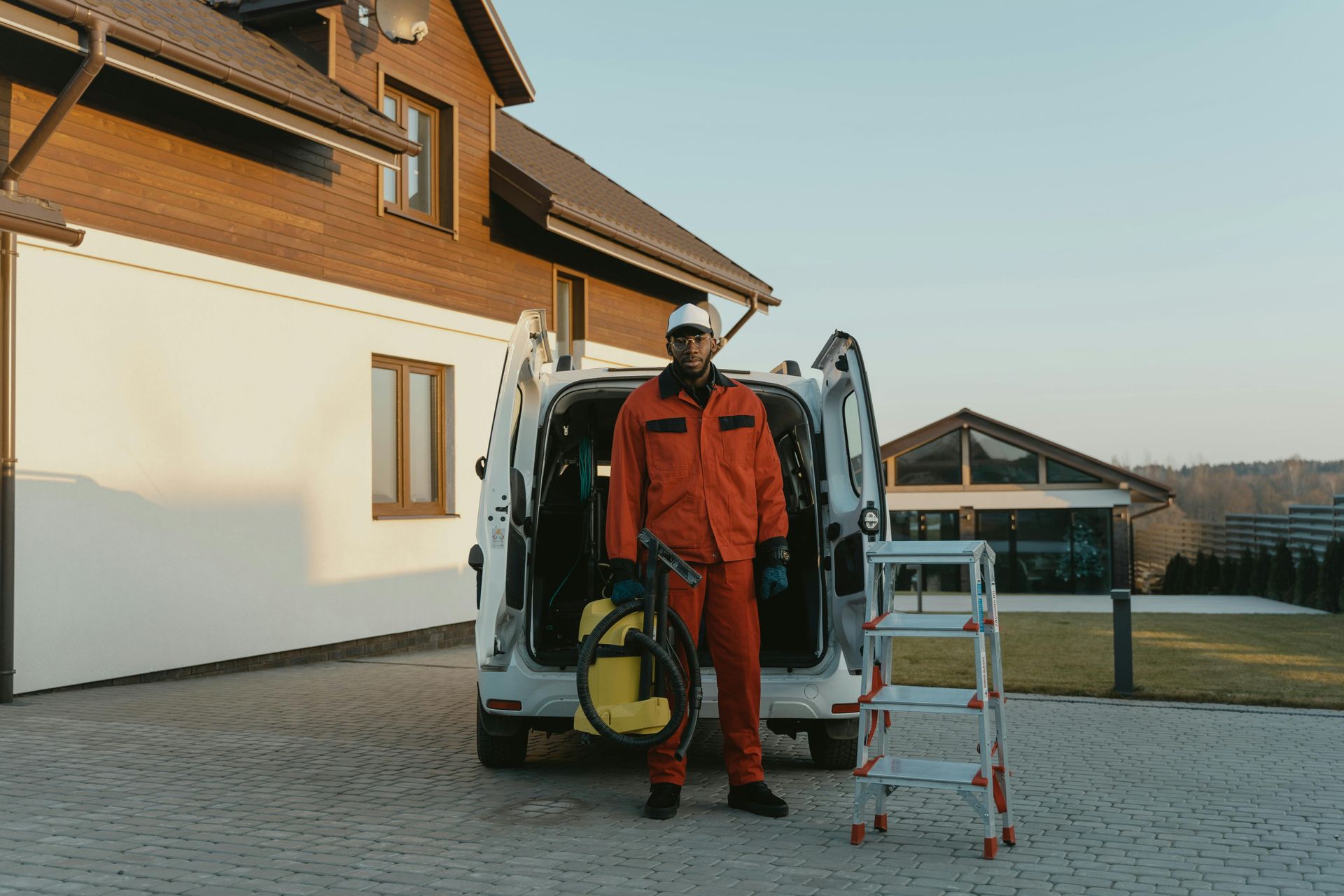
FAQs
How can I prevent moss growth on my roof?
Preventing moss growth involves several proactive measures, such as keeping gutters clean, trimming overhanging branches, promoting proper drainage, ensuring adequate ventilation, and considering the application of moss inhibitors.
Is it safe to pressure wash my roof to remove moss?
Pressure washing can damage roofing materials and potentially worsen moss growth by spreading spores. It's generally not recommended. Instead, consider gentler cleaning methods or consult with a professional roofer.
How often should I inspect my roof for signs of moss growth?
It's advisable to inspect your roof at least twice a year, preferably in the spring and fall. Additionally, keep an eye out for signs of moss growth after heavy rainfall or in shaded areas.
Can moss growth on my roof cause damage?
Yes, moss growth can cause damage to your roof over time. Moss retains moisture, which can lead to water infiltration and damage to roofing materials. Additionally, moss can lift shingles or tiles, creating opportunities for leaks.
Conclusion
Taking the necessary safety precautions, staying away from pressure washers and sudsy solutions, and regular inspection can help you maintain a clean and moss-free roof. We advise homeowners to use a cleaning product specifically for roofs and follow the cleaning guidelines. If you have questions or concerns, don’t hesitate to contact us. We’ve been doing this for more than 34 years.

